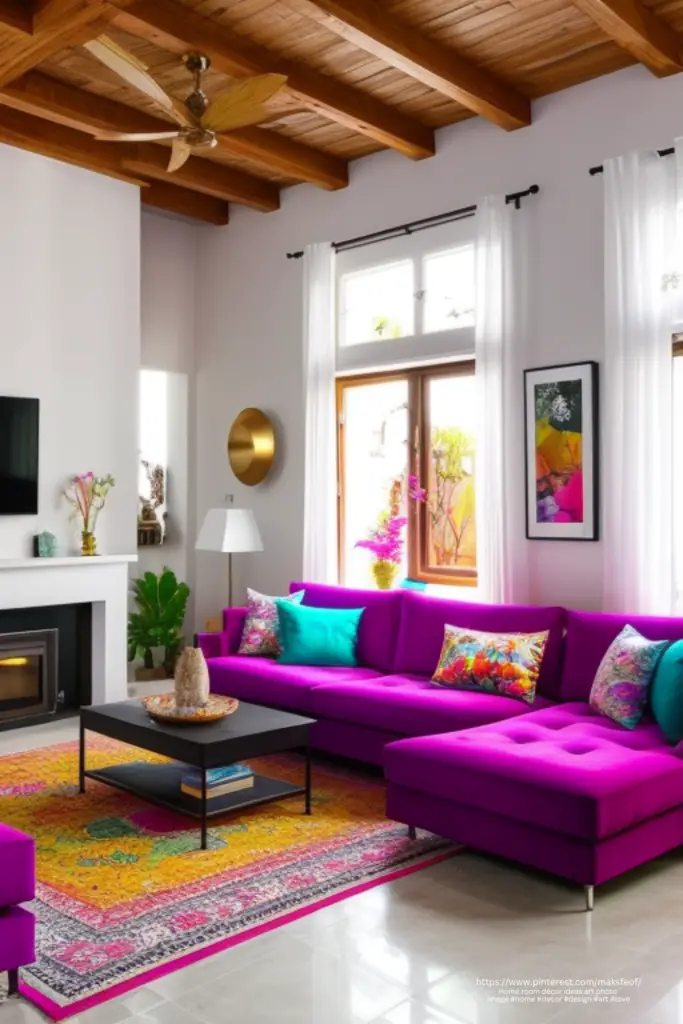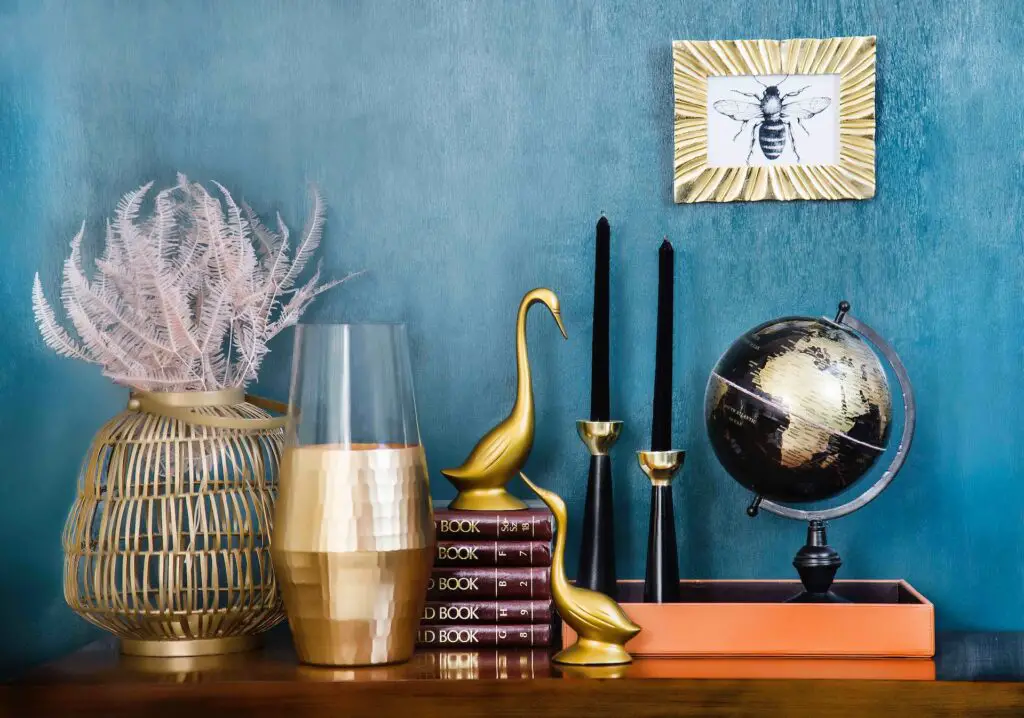
Home Inspo Rules: A Guide to Creating Your Dream Space
Introduction
Your home is more than just a place to live; it’s a reflection of your personality and a sanctuary where you can unwind and be yourself. Whether you’ve just moved into a new space or you’re looking to refresh your current one, the world of interior design offers endless possibilities. To embark on this creative journey successfully, you need some “home inspo rules” to guide you. In this article, we’ll explore essential rules that will help you transform your living space into the dream home you’ve always desired.
- Embrace Your Style
Before you dive into the world of interior design, it’s important to define your style. Are you into minimalism, traditional, bohemian, modern, or something else entirely? Your home should reflect your personality and taste. Start by creating a mood board with images, colors, and textures that resonate with you. This will serve as your inspiration throughout the design process.
- Prioritize Functionality
Aesthetics are important, but your home should also be functional. Consider the daily activities and needs of your household. Furniture and decor should not only look good but also serve a practical purpose. Think about storage solutions, seating arrangements, and other elements that contribute to a comfortable and efficient living environment.
- Quality Over Quantity
It’s easy to be overwhelmed by the vast array of decor options available. However, it’s crucial to prioritize quality over quantity. Invest in pieces that are built to last, even if it means spending a little more. High-quality items not only look better but can save you money in the long run, as you won’t need to replace them frequently.
- Balance and Harmony
A well-designed space achieves balance and harmony. This means distributing visual weight evenly throughout the room. Consider factors such as color, texture, and scale when arranging furniture and decor. Mixing contrasting elements can create visual interest, but maintain a sense of balance to avoid an overly chaotic or disorganized feel.
- The Power of Color
Color is a powerful tool in interior design. Different colors can evoke various emotions and set the tone for a room. Research the psychology of colors to help you choose shades that align with your desired ambiance. Don’t be afraid to experiment with colors through paint, decor, and textiles.
- Lighting Matters
Lighting is often underestimated in home design. It can transform a room’s atmosphere, highlight features, and even affect your mood. Utilize a combination of ambient, task, and accent lighting to create a layered and versatile lighting scheme.
- Art and Personalization
Adding personal touches to your home can make it truly unique. Incorporate artwork, family photos, or DIY projects that reflect your personality and experiences. These personal elements can be conversation starters and bring warmth to your space.
- Mix Textures and Materials
Texture and material variety can add depth and interest to your home. Combine different textures like soft textiles, rough woods, smooth metals, and shiny glass. Mixing materials adds dimension and character to your decor.
- Edit and Declutter
While personalization is key, it’s important to strike a balance. Overcrowding a room with decor and furniture can make it feel cluttered and overwhelming. Regularly edit and declutter your space to ensure that every item has a purpose and contributes to the overall design.
- Sustainability
In today’s world, it’s vital to consider the environmental impact of your design choices. Opt for sustainable and eco-friendly materials when possible. This not only helps the planet but also adds a unique and conscious dimension to your design.
Conclusion
Creating your dream home is a journey that requires thoughtful planning and attention to detail. Following these “home inspo rules” can help you navigate the world of interior design with confidence. Remember that your home is a reflection of your personality, so make it a space that truly inspires and comforts you. Embrace your style, prioritize functionality, and don’t be afraid to experiment with colors, textures, and personal touches. With these rules in mind, you can transform your living space into a beautiful and inviting haven.
- Open Up to Space
If your home feels cramped or lacks natural light, consider opening up the space. Knock down non-structural walls, use mirrors to create an illusion of space, and choose light, neutral colors to make the room feel larger. An open and airy space can dramatically enhance your home’s overall appeal.
- Take Inspiration from Nature
Nature provides an abundance of inspiration for home design. Incorporate natural elements like plants, wood, stone, and water features to create a harmonious and calming atmosphere. Indoor plants, in particular, not only look great but also improve air quality and provide a sense of vitality.
- The Power of Patterns
Patterns can add personality and excitement to your home. Mixing different patterns, such as stripes, florals, and geometric shapes, can create a visually stimulating environment. Just be sure to maintain a sense of cohesion by using a consistent color palette.
- Room Focal Points
Every room should have a focal point, a feature that draws the eye and anchors the space. This can be a statement piece of furniture, a striking piece of artwork, or a fireplace. The focal point sets the tone for the room and helps guide the arrangement of other elements.
- Keep Evolving
Your home should evolve with you. As your tastes and preferences change over time, so should your living space. Don’t be afraid to rearrange or update your decor periodically. Experimenting with new styles or making small changes can keep your home feeling fresh and inviting.
- Seek Professional Advice
While DIY home design can be rewarding, sometimes, it’s wise to seek professional advice. Interior designers can provide expert guidance, offer fresh ideas, and help you achieve your vision more efficiently. They have a wealth of knowledge and access to resources that can take your home to the next level.
- Budget Wisely
Home improvement projects can be costly. Set a budget for your design endeavors and stick to it. Allocate funds to different aspects of your project, such as furniture, decor, and renovations. Sticking to a budget ensures that your dream home doesn’t become a financial burden.
Conclusion
Designing your dream home is an exciting and creative process. By following these additional tips, you’ll be better equipped to navigate the world of home design, from embracing your style to seeking professional advice when necessary. Your home should be a reflection of your unique personality and provide both comfort and inspiration. Whether you’re making small updates or embarking on a major renovation, remember that your home is a canvas for self-expression and personal fulfillment. Enjoy the journey of making your living space truly your own.



